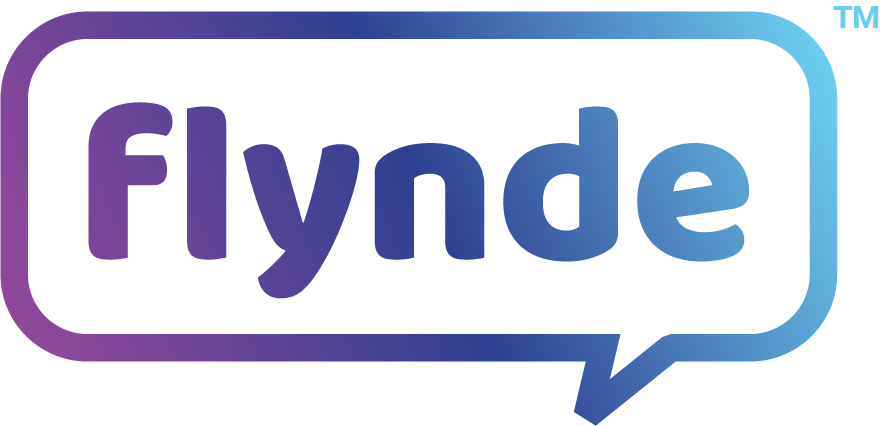Triple Transitions of Workforce: Demographic, Digital, and Green
The last decade has seen significant changes in all aspects of the typical workplace, from the breakdown of traditional nine-to-five, in-person work due to COVID-19 to massive layoffs due to M&A deals and the urgent need to upskill in the age of AI. As personnel play an essential role in the operation of every business, they are prone to continual changes. For 2025, leading trends are going to shape the HR landscape.
A 2024 Asian Development Bank report states that Asia and the Pacific are experiencing three significant shifts: demographic, digital, and green. The demographic transition refers to diverse rates of aging caused by advancements in education, technology, and human development. Advanced digital technologies characterize the digital transition, and the green transition is marked by more severe climate change. These significant changes are not limited to Asia and the Pacific, but are also recognizable in other parts of the world.
Demographic Transition
Demographic shifts, such as ageing populations and declining birth rates, pose significant challenges to economic growth. As reported by the World Economic Forum, the global population is projected to shrink after 2064, which prompts many countries to face shrinking workforces and potential declines in living standards.
Fast ageing has become a significant problem for many countries.
No better country exemplifies this trend than Japan, with nearly 30% of its population aged 65 and older, leading to challenges such as slower economic growth and increased public spending on pensions and healthcare. Similarly, China has reported a population decrease for the third consecutive year in 2024, now at 1.408 billion. This decline raises concerns about sustaining economic growth and supporting an ageing populace. Other nations, including Italy and South Korea, are also grappling with record-low birth rates and the socioeconomic implications of shrinking populations.
To adapt, nations should invest in four key areas: innovation, inclusivity, sustainability, and resilience. This includes increasing workforce participation by engaging underrepresented groups, extending retirement ages, and promoting migration to address labor shortages. Additionally, fostering technological advancements can enhance productivity, offsetting the economic impacts of demographic changes.
Digital Transition
Having received the massive boost of the GenAI revolution, the digital transition is the most remarkable among the trio. In the 2022 report Skills for the Digital Transition, OECD has pointed out that workers are at the threshold of a new era when they need to acquire a whole new digital skill set or risk being left behind as businesses integrate digital technologies into their operations. Meanwhile, the gap between those with strong digital competencies and those without is also widened, potentially leading to job displacement and economic inequalities.
The recent advancements in AI have made upskilling more important than ever.
To adapt to this transformation, individuals should prioritize continuous learning and upskilling. Online courses, professional certifications, and vocational training programs offer accessible ways to develop digital expertise. Companies can also play a role by providing in-house training and supporting employees in acquiring new technological skills. Moreover, collaboration between governments, educational institutions, and industries can create targeted programs that align with market needs. As digital transformation accelerates, a proactive approach to skills development is key to maintaining competitiveness and employment stability.
Green Transition
Besides demographic trends and digital integrations, the green transition also reshapes labour markets. This demands a workforce skilled in sustainable technologies and practices. Industries such as renewable energy, electric mobility, and sustainable agriculture require specialized engineering, data analysis, and environmental science expertise. However, there is a significant skills gap, as many workers lack the necessary training to transition into green jobs.
According to the World Economic Forum, heightening workers' understanding of their environmental impact is crucial for a successful shift towards greener roles. To this end, governments and businesses must collaborate to develop education and deskilling programs that prepare workers for emerging roles in clean energy, circular economy, and carbon reduction efforts. Without strategic workforce planning, labour shortages could slow down global sustainability goals.
The green transition requires a workforce skilled in sustainable technologies.
In response, workers should focus on acquiring green skills through vocational training, certifications, and on-the-job learning. For example, the European job mobility portal, EURES, highlights that transferable skills—such as project management and digital literacy—can ease career shifts into sustainable industries. Employers must also support their workforce through upskilling initiatives, fostering adaptability and innovation. Policymakers, in turn, should incentivize green education programs and ensure equitable access to training opportunities. By investing in workforce development, societies can accelerate the green transition while maintaining economic stability and job growth.
The world is changing fast, but if history has taught us anything, humans adapt well. Aging populations? More experienced workers and new career paths. Digital transformation? Smarter tools to make life easier. Green transition? A cleaner planet and new industries to explore. Instead of fearing the shifts, we can embrace them—learning new skills, rethinking how we work, and maybe even letting AI handle the boring stuff. The future may be different, but it’s full of possibilities—and who knows, we might just end up better off for it.
About the Author
Bert Nguyen is a Copywriter with Flynde, a global company specializing in translation solutions for businesses of all sizes.
Discover the best-in-class translation solutions for your business. Trusted & certified for all languages with locations in Australia, Singapore, Switzerland & the USA. Flynde takes human translation strategies and uses advanced technologies to deliver them to our customers across our three business lines: Flynde for startups, Flynde for small businesses, and Flynde for corporations.
For more information, contact us at hello@flynde.com




